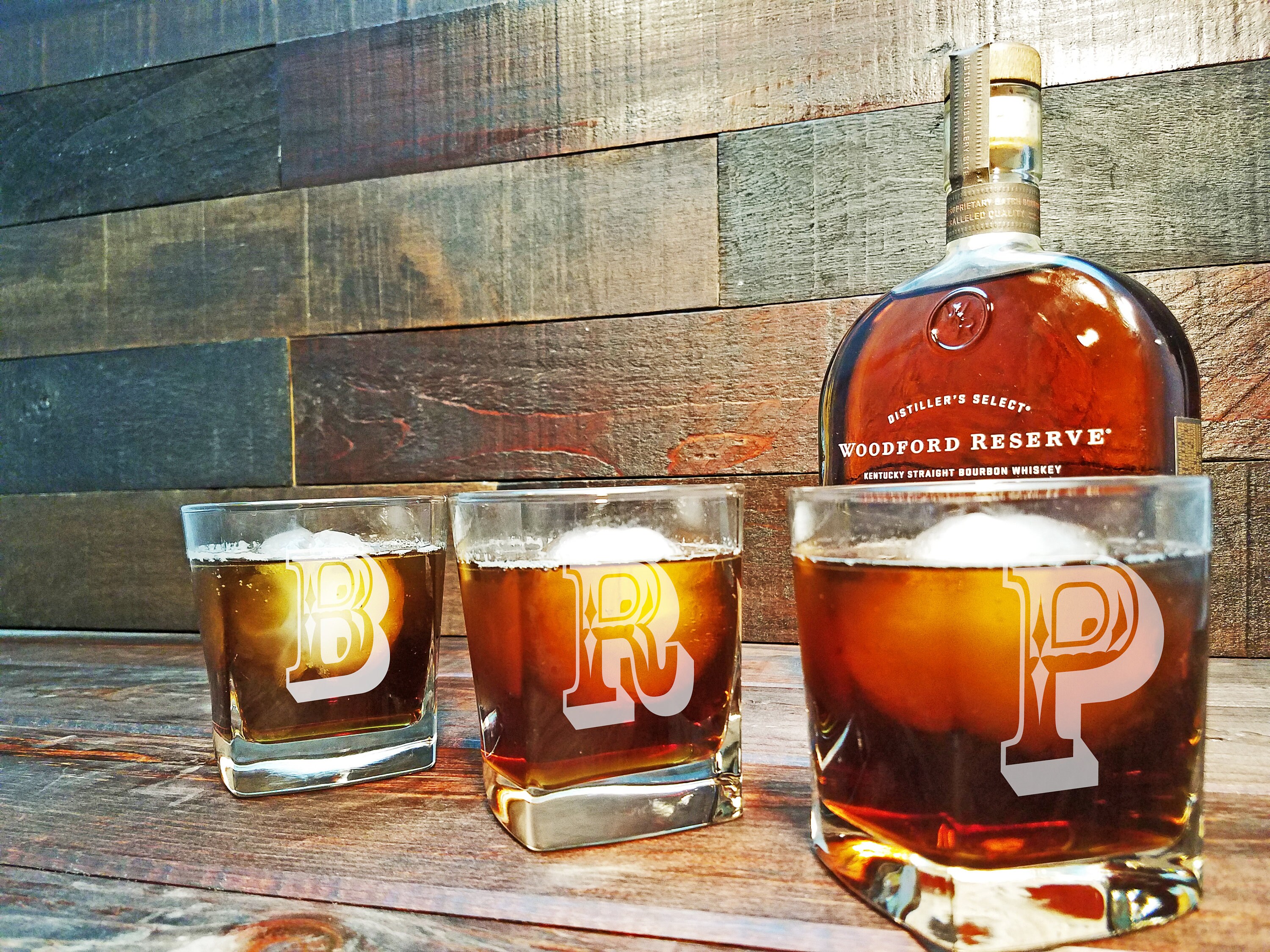
The glass was quickly picked up by whiskey experts from all over Scotland, and master blenders from five of the biggest whiskey firms in the country confirmed their love of the new drinking vessel.

SQUARE WHISKEY GLASSES FULL
The shape of the glass allows the user to experience the full flavor profile by letting only the harsh alcoholic vapors escape. The shape was inspired by traditional nosing copitas, which have long been used in whiskey labs throughout Scotland. First entering production in 2001, the glass was developed by the Glencairn Crystal company, designed by Raymond Davidson, the director of the firm. The Glencairn glass, which is not only the most famous whiskey drinking glass but also a popular groomsmen gift, has a similarly recent history. The glass, known as the vinum, has since become a popular whiskey drinking vessel. What resulted was a glass that was based on a truncated stem, with an elongated, thistle-shaped body. After the panel provided their feedback, Georg Riedel researched the importance of the shape of whiskey glasses, meeting with master distillers throughout Scotland. It was in 1992 that a panel of whiskey experts came together at the Riedel headquarters in Austria to test a variety of new glasses.Ī selection of 18 different glasses, each with a unique shape, was presented to the experts. Just a matter of decades ago, the Reidel single malt whiskey glass made its debut. Enjoying the flavor was suddenly more important than ever, and so that meant experiencing, noting, and deconstructing flavor profiles into constituent parts. A Recent Boom in Whiskey Glass VarietyĪs more people became interested in single malt whiskey, different kinds of glasses were designed and to enhance the drinker’s experience. In the next century, and by the 1990s, interest in malt whiskey had improved, and the focus was placed on glasses that enhanced the flavor of the whiskey. Over a quarter of a century, a wide range of glassware was developed, and it was joined by an increase in whiskey-drinking as a whole. The cost of a drinking glass was cut significantly, and more people began using them and, of course, serving whiskey in them.Īfter the tumbler revolution of the 19 th Century, even more kinds of glasses began to be made. Made out of glass, this drinking vessel was able to be mass produced and sold to a wider market. During this century, a new drinking vessel appeared that challenged the traditional drinking cup – the tumbler. It was in the 19 th Century that the tradition of using a wide and flat quiach to drink whiskey changed. During the 17 th Century, a “quiachfull” of whiskey –enough for one gulp – was served once at the beginning of a social event, and once at the end. The bowls became statement pieces, and played an important role in the social gatherings that usually accompanied whiskey drinking. The silver quiaches were eventually engraved with patterns, and in some instances even designed to replicate the appearance of wood. Every craftsmen would create something totally unique, in an attempt to capture the imagination of those who bought and used the quiaches. Eventually, craftsmen would use lighter and darker woods, which created patterns on the cups, and eventually, they began embellishing the cups with silver. The design looked a lot like a shallow bowl, and it was constructed from wooden staves and had small handles on both sides.Īt this point, different craftsmen started to create different styles of quiach, slowly changing the style of the handles and, over time, changing the form of the glass entirely. During the 1500s, the only cup used to drink whiskey was known as a quiach, which was derived from ‘cuach’ – a Gaelic word that simply meant ‘cup’. These small wooden cups were used to drink Scotch whiskey, and they slowly began to change. The story of whiskey drinking vessels starts in the 16 th Century, with a wooden cup. The Glencairn glass is of course the most famous whiskey drinking cup, but there have been many varieties developed over the years, and there is an extensive history behind the glasses we use to this day.

In order for people to truly enjoy these whiskeys and their unique profiles, glassblowers have been creating different styles of drinking glasses designed to help people experience the flavors. For as long as whiskey has existed, distillers have been using different woods and casks to create unique flavors and profiles.


 0 kommentar(er)
0 kommentar(er)
